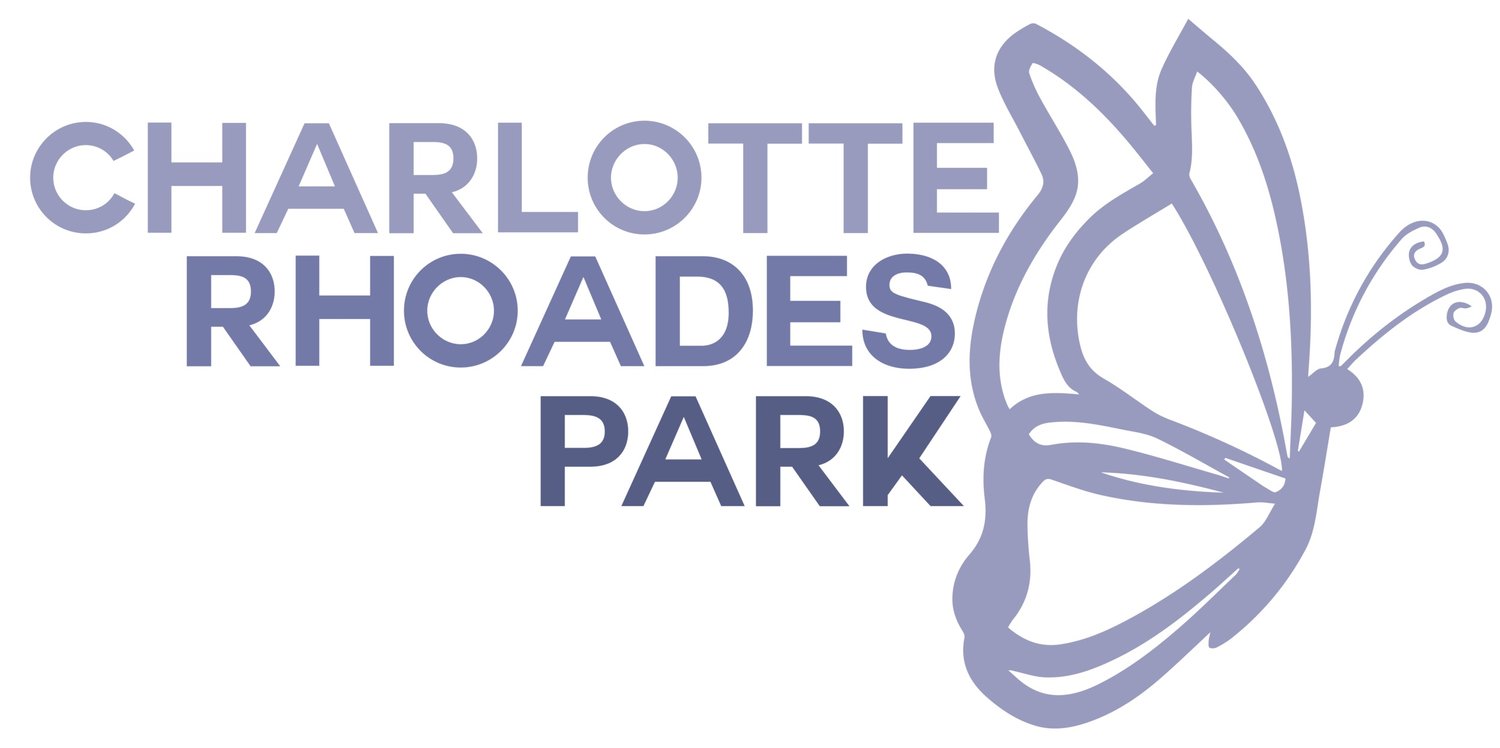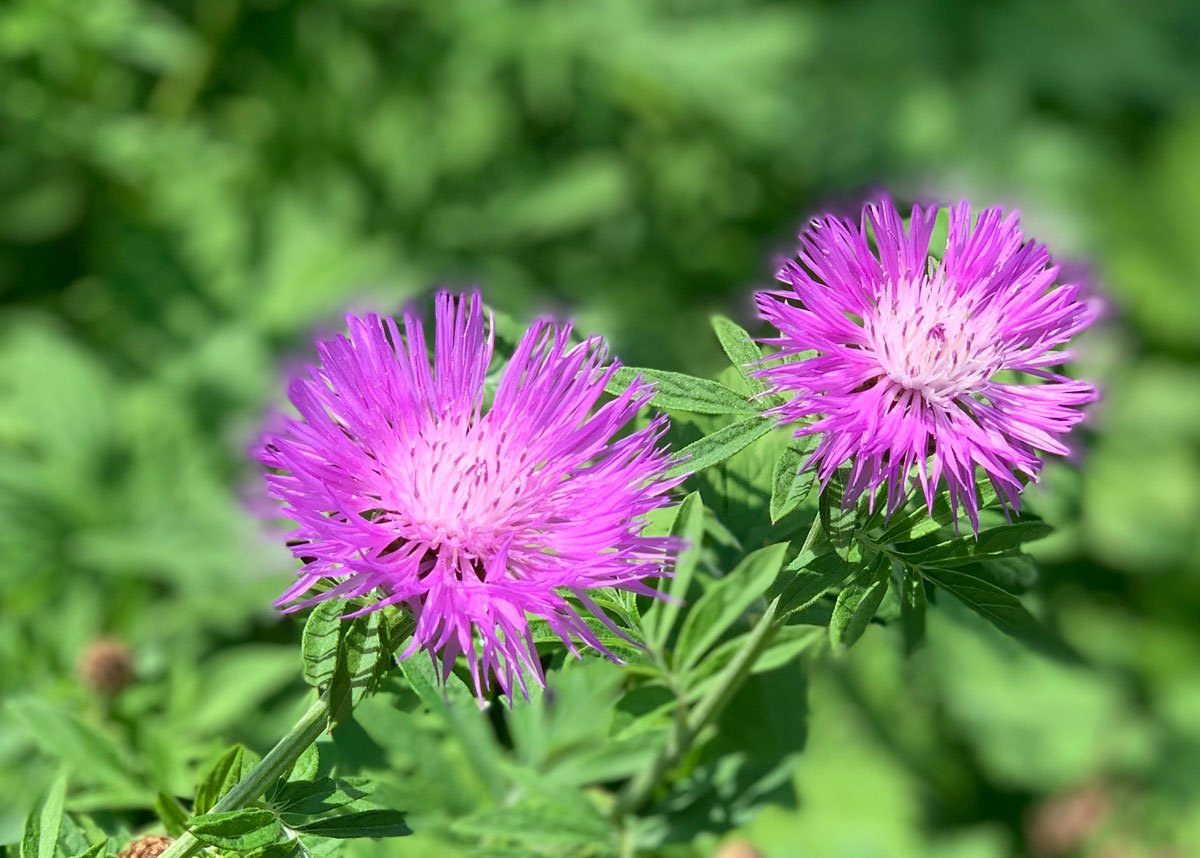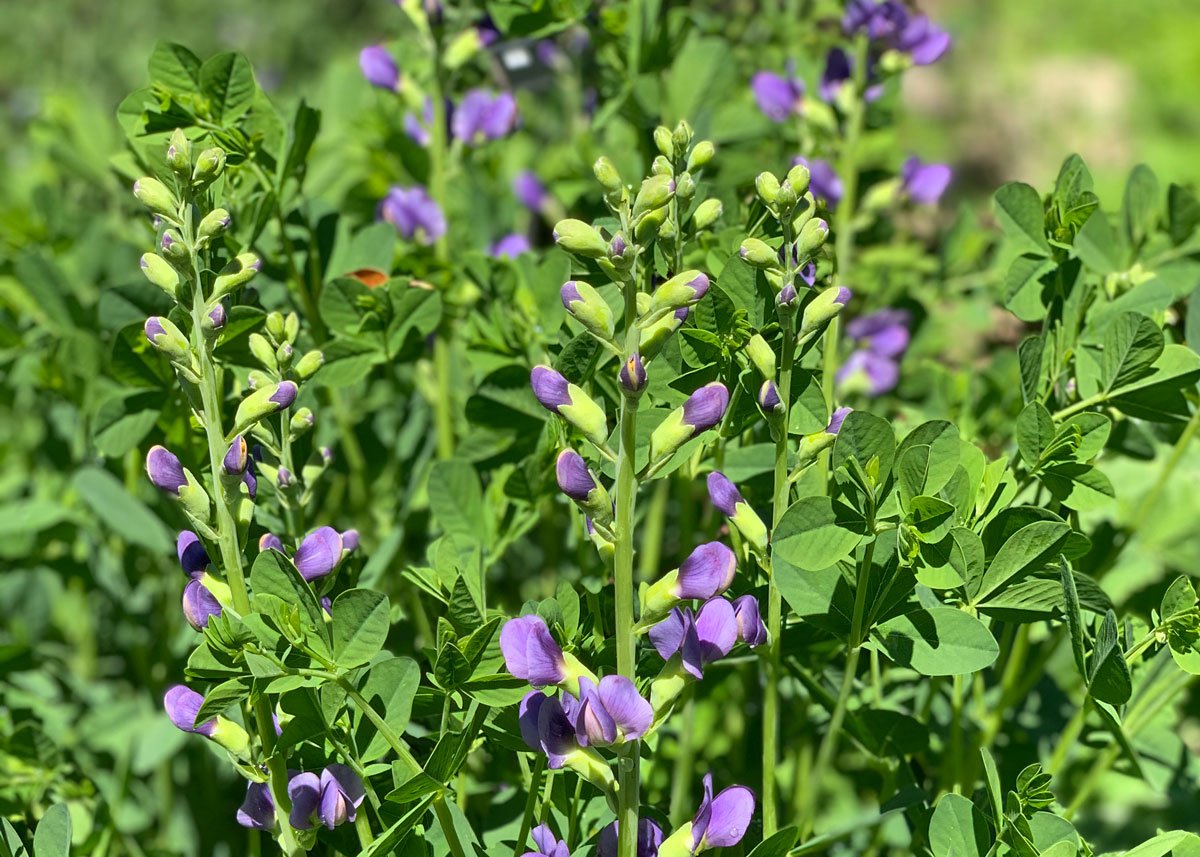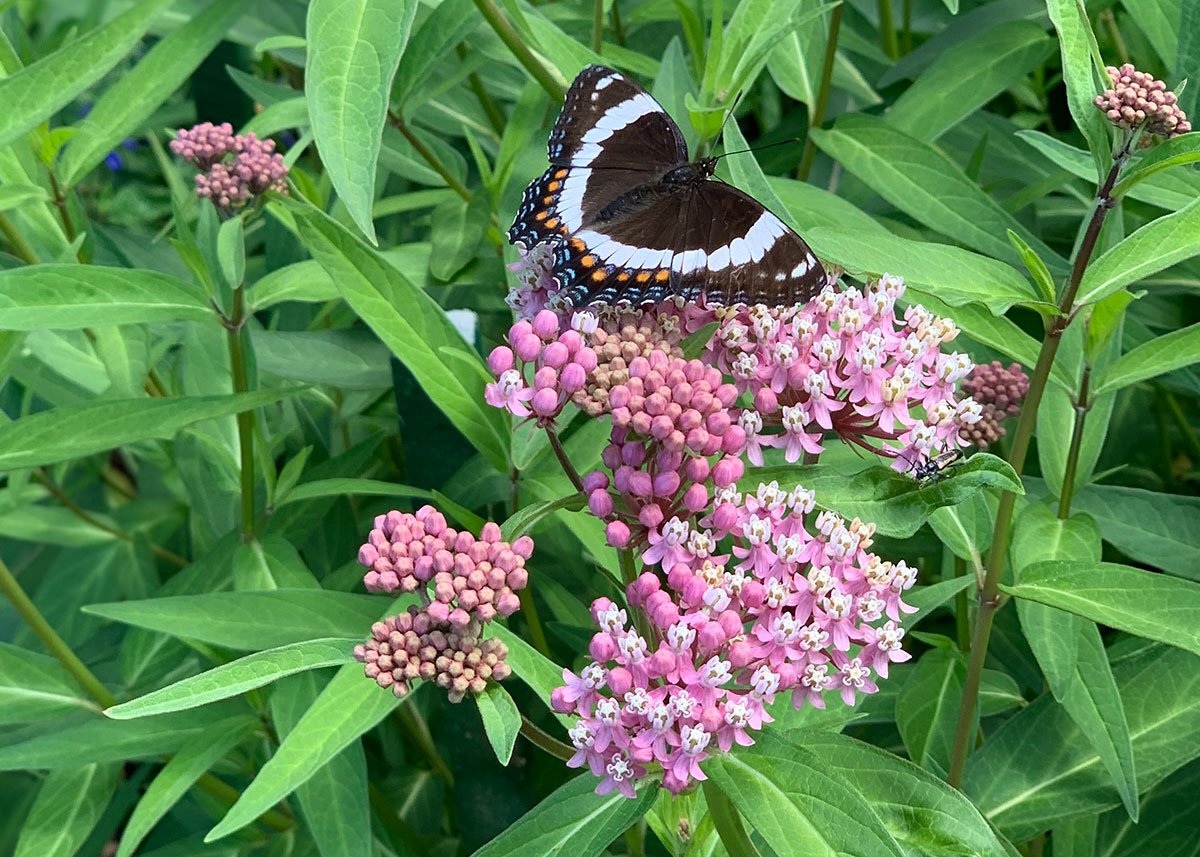Hemerocallis 'Stella D'Oro'
Rabbit tolerant. 'Stella de Oro' features profuse 2.75-inch diameter yellow flowers with ruffled edges and deeper yellow throats. Individual flowers open for one day on a compact plant. This multiple AHS award winner has become perhaps the most popular daylily in cultivation in large part because of its compact size, vigorous growth, profuse bloom and extremely long bloom period. For best performance, daylilies should be divided every 3-4 years in either fall or spring. It is rabbit tolerant, but, use deer repellent!
Geranium ‘Gerwat Rozanne’
Cranesbill geranium Rozanne is a hybrid clump forming geranium that typically grows in a mound shape, often as a groundcover. It is noted for its non-stop flowering habit and has exceptional heat tolerance. Side stems may be removed or trimmed at any time to control spread. Rozanne is an exceptional, unique, and unsurpassed geranium selection for any garden and is rabbit and deer tolerant.
Gaillardia pulchella
Also known as Indian Blanket and Firewheel, this New England native perennial plant is easy to establish in a sunny well drained location. Bee and Butterflies including Red Admirals, Monarchs, Great Spangled Friillaries and Silver Spotted Skippers will use it as a nectar source.
Gaillardia grandiflora 'Arizona Sun'
Blanket Flower is one of the easiest perennial wildflowers to establish. Blooms provide nectar for many butterflies and native bees. 'Arizona Sun' has large, 3 to 4 in. wide, fiery orange red blossoms with yellow-tipped petals and is very drought and salt tolerant.
Echinops ritro 'Taplow Blue'
Taplow Blue has silver leaves and a metallic blue globular flowerhead 1-2 inches in diameter. This is an important pollinator plant to butterflies and bees. It is the host larval plant for the Painted Lady butterfly. Cut flower stems can be used fresh or dried for arrangements.
Echinops bannaticus 'The Giant'
Giant Globe Thistle is an old-fashioned tall garden perennial for the back of the border. It has numerous tennis ball-sized spikey globular flower heads that are loved by bees and butterflies. Flower color slowly changes from silver to pale blue. The blooms can be used fresh or in dried arrangements. Easily grown from seed.
Echinacea purpurea 'White Swan'
Showy daisy-like white coneflowers (to 5" diameter) bloom throughout summer atop stiff stems clad with coarse, dark green leaves. Good fresh cut or dried flower. Dead flower stems will remain erect well into the winter, and if flower heads are not removed, the blackened cones may be visited by goldfinches or other birds that feed on the seeds. Deer tolerant.
Echinacea 'Cheyenne Spirit'
‘Cheyenne Spirit’ was introduced in 2012 and has won top awards for garden performance. It comes in a mix of colors including gold, scarlet, orange, rose-red, cream, purple and yellow and all colors attracts birds and butterflies. Dead flower stems will remain erect well into the winter, and if flower heads are not removed, the blackened cones may be visited by goldfinches or other birds that feed on the seeds. Deer tolerant.
Echinacea 'Bravado'
Echinacea is a beautiful and tough native plant grown that is grown medicinally to boost the immune system. 'Bravado' is a cultivar that has 4 to 5 in. wide flowers that have light to rose-pink, horizontal petals and an orange cone. It is highly attractive to butterflies and other insect pollinators. If the flower heads are not removed, the blackened cones may be visited by goldfinches or other birds that feed on the seeds. Deer tolerant.
Coreopsis verticillata
Coreopsis verticillata is a native airy yellow perennial from the daisy family that grows in dense bushy clumps. The plants can be sheared in mid to late summer to promote fall re-bloom. It has been a popular garden flower since the 19th century.
Coreopsis grandiflora 'SunKiss'
Sunkiss coreopsis has huge, nearly 3" wide yellow flowers with burgundy centers. It is a cottage garden plant that has excellent heat-tolerance and is easy to grow.
Centaurea scabiosa
Centaurea scabiosa is hermaphrodite (has both male and female organs) and is pollinated by Bees, flies, Moths & Butterflies. The plant is self-fertile. The flowers have been used to treat digestive disorders and it has been known to be used to treat scabies (hence its Latin name scabiosa) and other skin complaints. The thistle like flowers have attractive light purple heads.
Centaurea montana
Centaurea montana is a clump-forming perennial which features solitary, fringed, rich blue cornflowers. This plant from the Asteraceae family is easy to grow in poor soils but can spread somewhat rapidly by stolons to form colonies in optimum growing conditions, particularly in rich fertile soils. The plant is robust in our cooler Maine climate.
Centaurea dealbata
A pretty summer perennial that has lavender to rosy pink blooms. Attracts bees and butterflies as a nectaring plant.
Campanula persicifolia ‘Alba’ (white) or ‘Telham Beauty’ (Blue)
Campanula has large white or blue outward facing, broad bell-shaped flowers that bloom in late spring to early summer. If the spent blossoms are deadheaded, it will repeat bloom with a nice display.
Baptisia australis
This is a native plant that was used medicinally by Native Americans. With blue blooms and pretty pea like foliage, Baptisia is often flowering at the same time as wild lupines, cooler early summer temperatures.
Astilbe chinensis var. taquetii 'Superba'
‘Astilbe Superba' is a bold, very tall accent plant which features a dark green foliage mound to 24” tall and above which bloom large, dense panicles of rose-purple flowers on hairy stems. It is a slow spreader, can grow in heavy shade, and can tolerate deer and rabbits.
Asclepias tuberosa
The leaves, blossoms, and seed pods are eaten by the Monarch butterfly. The blossoms are a host nectaring plant to all butterflies. The glycosides in the latex of native Butterfly Weed are not as toxic as other native milkweed species.
Asclepias syriaca
Common Milkweed leaves, blossoms, and seed pods are eaten by the Monarch caterpillar, however, many species of butterflies nectar on the flowers of this native plant. The plant's latex contains glycosides, making it toxic to animals. It is an aggressive rhizomatous spreader and best planted in a field and not in a flower border.
Asclepias incarnata ‘Cinderella’, ‘Soulmate’, ‘Ice Ballet’
The leaves, blossoms and seed pods are larval food for the Monarch caterpillar. Many butterfly species nectar on the blooms of this native plant. Latex produced by the plant contains glycosides making the plant toxic to animals.




















